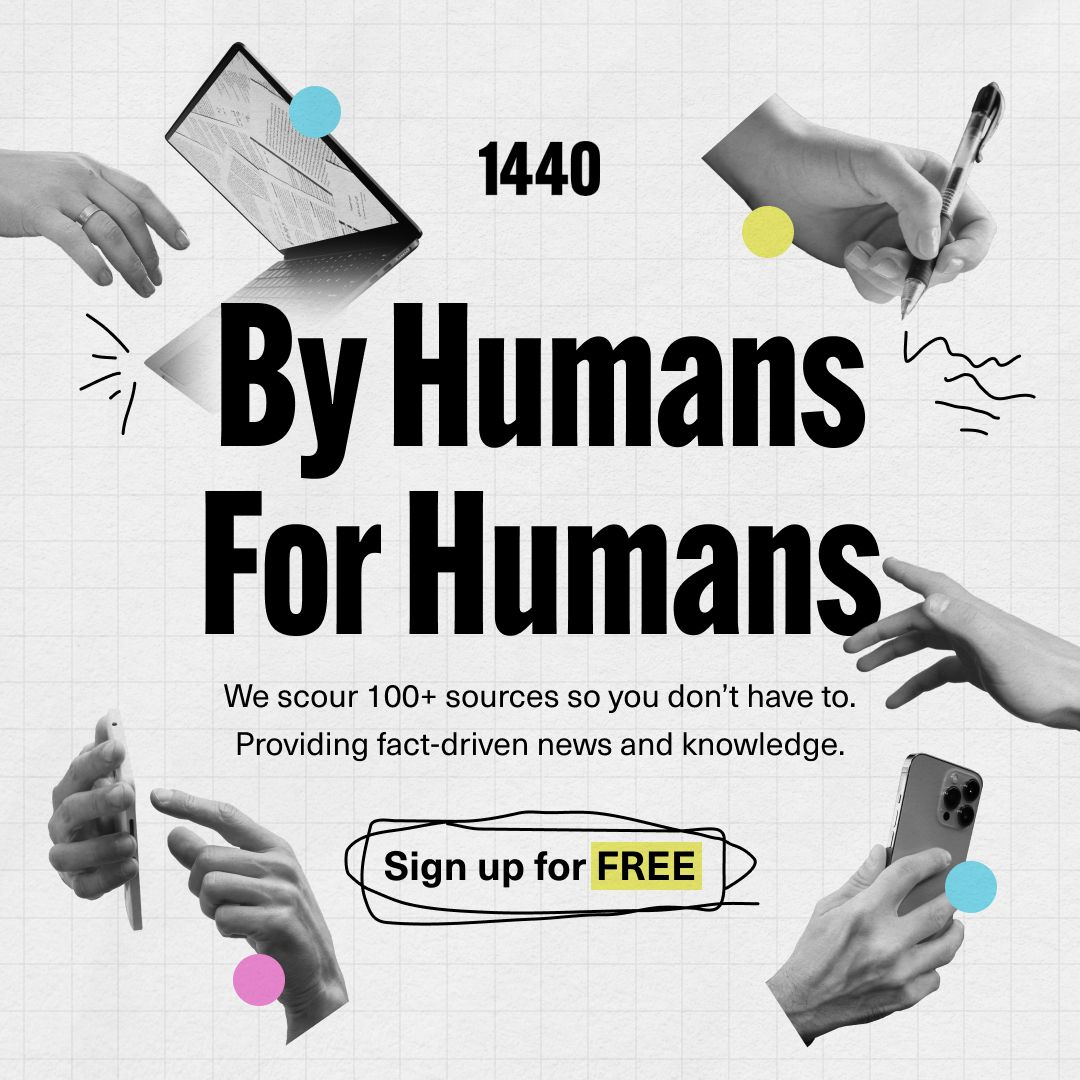Hi {{firstname|everyone}},
Every accounting firm knows the struggle of consolidation across multiple entities. Different ledgers. Different systems. Endless spreadsheet versions that never fully align.
I have seen firms lose entire days trying to tie numbers together across subsidiaries, only to discover that one posting error or missing entry has thrown everything off.
The sad part is, most consolidation processes are still built on manual fixes and fragile spreadsheets. By the time the books finally close, trust is exhausted.
AI-assisted consolidation is emerging as a catalyst in this equation. And it’s doing so not by replacing any accountants but replacing chaos with structure and guesswork with accuracy. Ultimately, freeing them from repetitive reconciliation and letting them focus on translating numbers into decisions.
So how exactly is this transformation taking shape, and what can firms do to get ahead of it?
Let’s get right into it!
Making Month-End Faster and Easier
Traditional consolidation relies on copying, pasting, and reconciling data from multiple sources. Every adjustment brings a new risk of error. One missing journal or inconsistent account code can throw off the entire close.
AI changes this by automating the data ingestion process. Generative systems can now read ledgers across multiple entities, match accounts intelligently, and flag inconsistencies automatically.
Instead of spending hours fixing data, accountants can focus on reviewing insights.
Accounting Today reports, 59% of accountants use AI and save an average of about 30 hours a week on tasks.
The time saved is now being redirected into financial planning, advisory, and strategic decision-making.
The best part is that technology learns over time. The more data it processes, the smarter it becomes at spotting patterns and predicting mismatches before they occur.
Getting One Clean Version of the Numbers
Even the best accounting teams struggle when data is fragmented across systems. Different software, different naming conventions, and different currencies can make consolidation a nightmare.
AI-powered consolidation solves this by creating a single source of truth. It standardises charts of accounts, converts currencies automatically, and structures data for easy reporting.
Research points this way too!
AI enables finer granularity in ledgers: firms saw a 12% increase in general ledger granularity (more detailed accounts) when using AI.
Meaning, no more “final_final_v3.xlsx” files floating in email threads.
When everyone works off the same dataset, firms gain real confidence in their numbers. Reporting becomes faster, cleaner, and more credible. And when management wants consolidated financials on demand, AI can produce them in real time, not days later.
Keeping Accountants in Control
There is a misconception that automation removes the accountant’s role. In reality, it amplifies it.
For the first time, accountants can see every adjustment, source, and link behind the numbers without digging through endless spreadsheets.
AI tools are now being built with explainability in mind.
A Forrester/IBM-commissioned study found that building explainability into AI systems can boost model accuracy by 15-30 % and reduce monitoring effort by 35-50 %.
Each consolidated figure can be traced back to its original ledger entry. That makes audits faster and gives finance leaders full confidence in what they are signing off.
So, how do firms do that?
Start with transparent models. Choose AI tools that show how each number was derived, not just the final output.
Integrate explainability into reviews. During close, use audit trails and trace-backs to verify figures directly from source ledgers.
Train teams on interpretation, not just operation. Accountants should know how to question AI-generated consolidations and validate assumptions.
All in all, AI will help strengthen professional judgment by giving accountants the clarity and control they never had before.
How We Do It At Samera
We’ve lived the chaos of multi-entity consolidation ourselves, across clinics, accounting, and advisory. That’s exactly why we’re building our own AI-assisted engine inside Samera.AI.
The goal is to build a system that understands how accountants actually work by explaining numbers, flagging anomalies before they snowball, and connecting ledgers without the usual reconciliation pain.
We’re currently testing it in-house, refining how it learns from different bookkeeping styles and real close cycles. So when it rolls out, it’ll work where it matters, i.e., in the day-to-day of accounting firms and finance teams.
See how we’re building smarter tools for accountants at:
Cheers,
Arun
Fact-based news without bias awaits. Make 1440 your choice today.
Overwhelmed by biased news? Cut through the clutter and get straight facts with your daily 1440 digest. From politics to sports, join millions who start their day informed.



